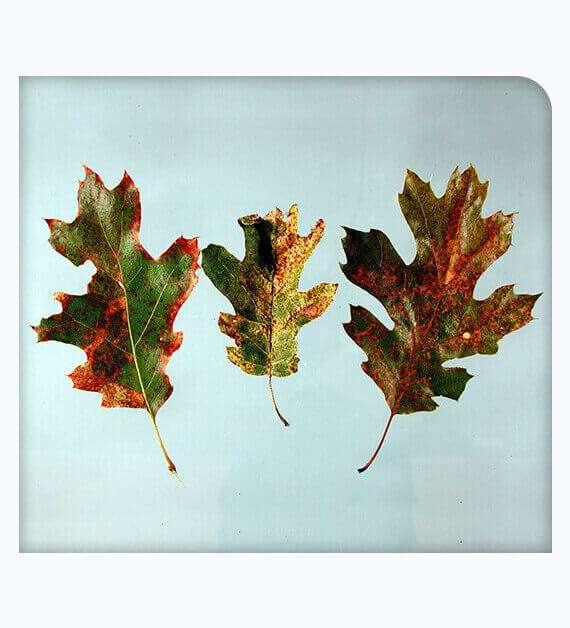Anthracnose, a fungus, affects fruit plants, deciduous and evergreen trees. Infected plants develop dark, water-soaked lesions on stems, fruits or leaves.
The fungal disease affects the aerial tissues, developing shoots and expanding leaves of shrubs, trees and other plants. It’s the main reason for tissues wilting, withering and dying. Hence, many people often confuse it with Fusarium wilt. Thus, a professional anthracnose treatment for trees’ health assessment is crucial to understand the difference.

